30JULY07 – I’m up early again today (3:45am) – good time to reflect on yesterday’s trip to Cu Chi. Aly was gung-ho to see the Cu Chi Tunnel System ruins – an integral part of the Viet Cong victory in the American War. We engaged a driver for the 1.5 hour trip there (maybe 30 miles – with the first 10 through the city) for an intimidating 500,000 Dang. But once you figure out the math, at 16,100 Dang / US$, that’s $32 for a 5 hour trip including all gasoline – in an air conditioned, immaculate Toyota mini-SUV with the headrests covered in hand-made white tablecloth linen.
But before describing the trip and ruins, my top 10 list of reasons I love the traffic system:
10. It’s a lot like “bumper cars,” which I find really fun, but without the bumping. What adds to the excitement is the variety of sizes and speeds of the vehicles – imagine bumper cars that included Escalades and tricycles, with a few pedestrians thrown into the mix. The parallels to bumper cars include: there are no lanes, right of ways, or any pattern of speed or expectation representing the “rules of the road.”
9. It’s basically the “law of the jungle,” with a Buddhist philosophy that all life is sacred and everyone is to be respected equally. The traffic “law of the jungle” is based on size – the bigger your vehicle the greater your right of way – but the Buddhist twist is that you then have responsibility to warn / avoid the smaller vehicles including bikes and pedestrians.
8. There is no rush hour, or more accurately, there is no difference in the constancy of the rush hour norm that lasts from 6am to midnight 7 days a week. There was as much congestion at 10AM Sunday morning on the way to Cu Chi as Saturday afternoon – we shall see about Monday morning when we leave about 8:30 for the Pagoda.
7. The variety of motorbike transport items is a never-ending source of entertainment, in fact it’s almost a contest to see who can get the longest, heaviest, tallest and most unusual “stuff” on his/her motorbike:
teenagers with 20 foot long sections of plastic or metal pipe or building materials, or multiple sections of plate glass windows, or stacks of bricks;
old men with 6 or 7 50-lb sacks of what look to be onions strapped everywhere, including 1 or 2 huge bags between the driver and the handle bars;
families with two to four children – after all the motorbike IS the family vehicle so when the family has an outing, everyone piles on. [Philippe notes that as a matter of safety, the government has enacted new laws requiring helmets and restricting the number of passengers to two adults and one child – however, I would say no more than 20% of people wore helmets, and I never saw one on a child, plus many families pile all of their children on with the parents.]
6. Ninety percent or more of the women wear masks of some type, typically colorful cloth covering up to their eyes, sometimes scarves wrapped around their heads – the primary purpose is to avoid the sun and getting more of a tan since “pale is beautiful” in the Vietnamese culture. There are some practical benefits in terms of reducing the pollution breathed and the facial “road grit” that must be churned up by the sea of motorbikes.
5. There are no stop signs! None! Nada! It’s heaven! Not in the city, not in the country! The only “traffic controls” are the traffic lights at the major intersection in the city. And the lights have a little timer that counts down the seconds before it will turn green. In the city, it’s the responsibility of the cross traffic to “ease into” the flow, but at the same time the “flow” must swerve and accommodate them. In the countryside, the “through traffic” slows at every intersection and honks to alert the side traffic not to simply zip across at full speed. Thus, all of the traffic rules seem to distill down to two: “never stop” but “don’t hit anyone.”
4. Honking is beautiful! Honking is the communication of choice to signal one’s intentions and location – rather than being an ignominious badge of “road rage,” honking is the polite way to communicate, as evidenced by the greater frequency of honking by Mr. Chau than the taxi drivers we’ve ridden with.
3. Everyone drives incredibly slowly by U.S. standards, but because of the constant swerving and “video game” driving conditions, it feels incredibly fast. The posted speed limits range from 15 km/hr on the narrowest streets (9.6 mph) to 25km/hr (15.8 mph) on the typical 2-way streets to 40 km/hr (24.8) on the 6 lane thoroughfares. The average speed is probably 40% to 60% higher than the posted speed (i.e., 30 to 40 mpg on the thorough fares),
2. All traffic behavior is on the “honor system” – we have yet to see a police car or any military or other police official who appeared to be concerned with enforcement of the traffic laws.
1. Although I have protested otherwise since I arrived, I am now forced to admit that if I were here on my own or lived here I would definitely “plunge into the fray,” on my bicycle if possible – how could I resist this “bungie-jumping” approach to getting around!
The Visit to the Cu Chi Tunnels
Returning to our trip to the Cu Chi Tunnels, the car ride was exceedingly comfortable and interesting. The most striking single thing we observed was the absence of any sign of rural poverty. We saw no shacks or shanties at all – every house was built of stucco or brick with a metal or ceramic tile roof. Everything was green and lush – how could it not be – it’s rained an average of 2 inches a day for our first 3 days here, at this rate HCMC will top Nashville’s 50 inches of annual rainfall in less than a month, and the rainy season is 6 months long from June to November. People were working in many of the rice fields – walking on narrow raised mud borders between the flooded or semi-flooded plants. Lots of cows, a few horses. We stopped to examine the trees in a rubber tree farm – a tiny woman (maybe 4’4”) was working to collect the milky latex that drips into a bowl strapped to each tree below a small “trough” at the end of a barber pole slice around the tree’s bark.
The roads were very good but narrow – it was intimidating to meet another car or bus, especially with the number of pedestrians, families sitting on the edge of the pavement, bicycles and motorbikes – and no one stopped at any intersection!
Arriving at the Cu Chi Tunnel Ruins, my first impression was my trip to communist Yugoslavia under Tito in 1966 – old style Communist propaganda with pictures everywhere of the beloved comrade leader, this time Ho Chi Minh instead of Tito. Apart from the flat screen tv’s that showed the scratchy black and white propaganda films that appeared to have been made in the mid 70’s right after the war ended, everything at the Ruins looked to be 40 or 50 years sold.
The history of the Cu Chi Tunnels is fascinating – approximately 16,000 Viet Cong lived underground in 150 miles of multi-layered system of tunnels just 15 to 30 miles from Saigon city center. Originally built in the 1940’s by the Viet Minh peasant guerrilla army to fight the superior military technology of the French Army, the tunnels were dramatically expanded in the 1960’s to fight an even more technically sophisticated American Army. The system included sleeping quarters, kitchens, dining halls, military planning rooms, munitions factories (primarily recycling of American undetonated bombs into bullets, grenades and land mines) and hospitals. With many under-water and hidden jungle trapdoor entrances, the VC were able to stage surprise military attacks at will and then virtually disappear.
For every American tactic adopted: using trained dogs; sending U.S. military into the tunnels that were located; carpet bombing and eventually using chemical warfare to indiscriminately kill the villagers and destroy their crops and land, the VC adapted a new guerilla strategy. It is eerie to “walk” through the 3 foot high 2 feet wide tunnels, even a short distance. And very intimidating to go around a curve that is in complete darkness. However, the tunnel quickly recovers into light after a few feet of “groping trust” that we won’t fall into an unseen abyss or be attacked by some snake or reptile who decided to take up residence. We were glad to be up safely on the ground again after just 50 yards or less of “tunneling.” Two other highlights:
1. The rusting ruin of a US tank that remains as a battlefield artifact, a dilapidated “tomb of the unknown soldier;” and
2. Firing an AK47 U.S. assault rifle, presumably remaining from the war, at a target range. Neither Aly or I have ever hunted or even like guns, but shooting a weapon of war surrounded by the remnants of an incredibly brutal and unjust U.S. invasion was a powerful experience.
Despite “winning” the war, the toll on the VC was horrific, only 6,000 of the 16,000 troops living in the tunnels survived. Thus, while the “exhibits” [mostly dugout “rooms” 8 to 10 feet down with thatched roofs to keep out the rain] are an almost amusing barrage of Communist propaganda of how the peace-loving women and children of Cu Chi, fought the American invaders to protect the homes and fields, the stark reality of the American decimation of the people and land is abundantly clear. This was a battlefield, still pock-marked with 20 foot deep 40 foot wide B-52 bomb craters. And the land and water is still poisoned with napalm and dioxin – creating frighteningly high birth defect rates and low crop yields. There is simply no excuse for what the U.S. did here.
Subscribe to:
Post Comments (Atom)
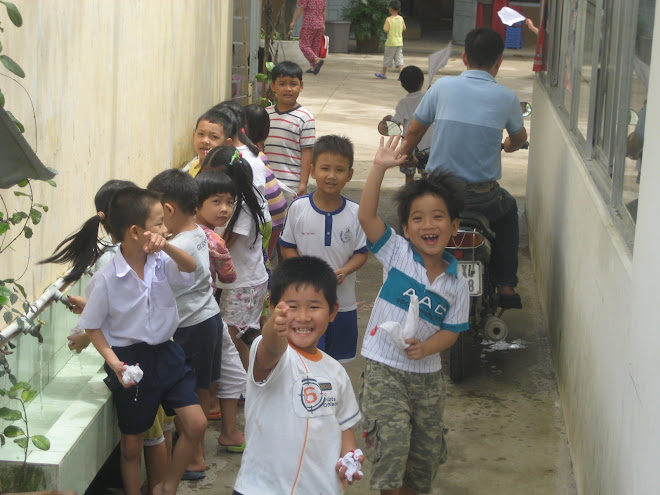
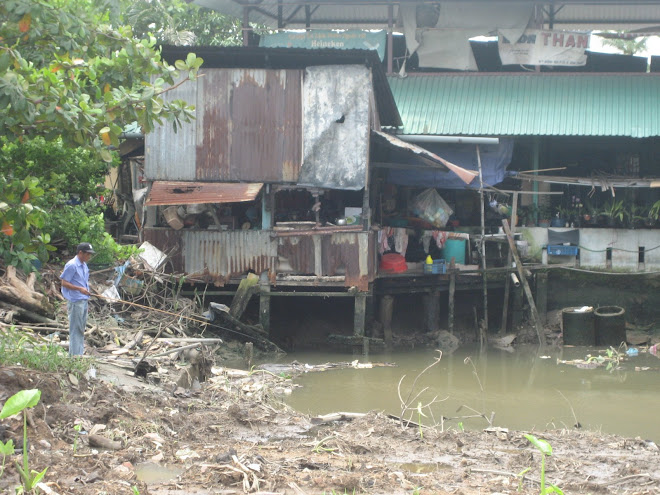
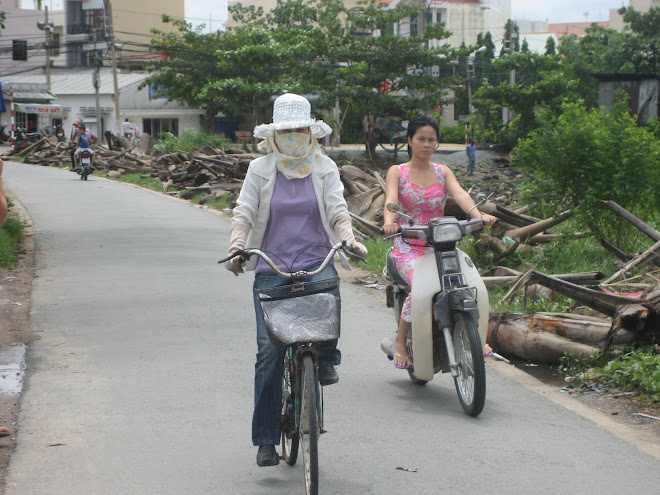
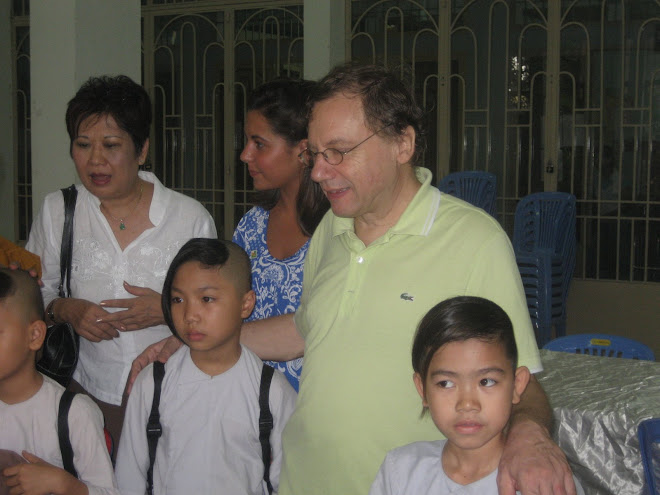
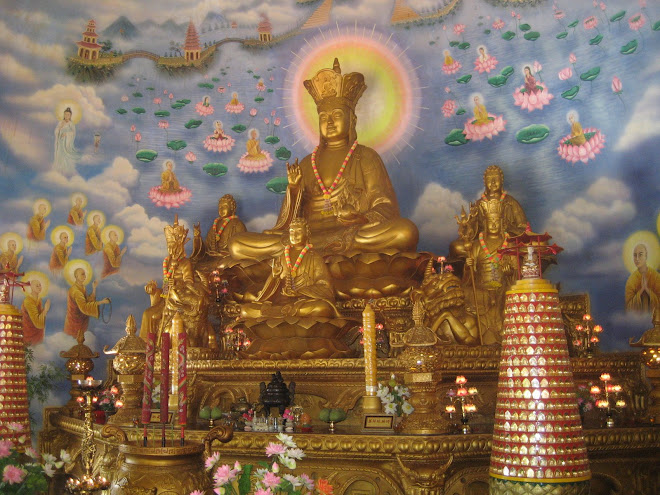
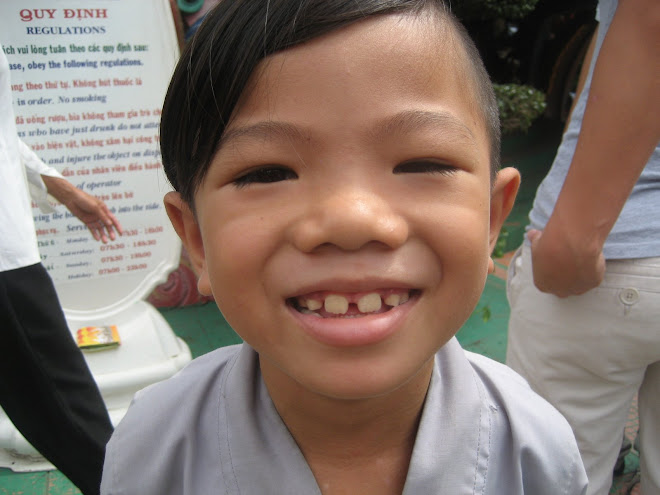
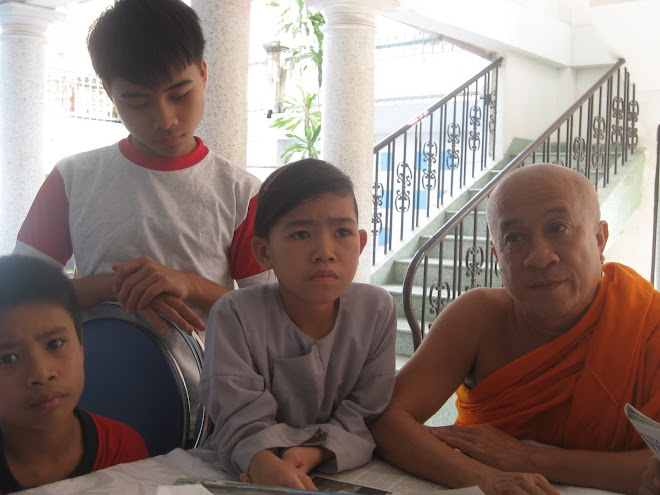
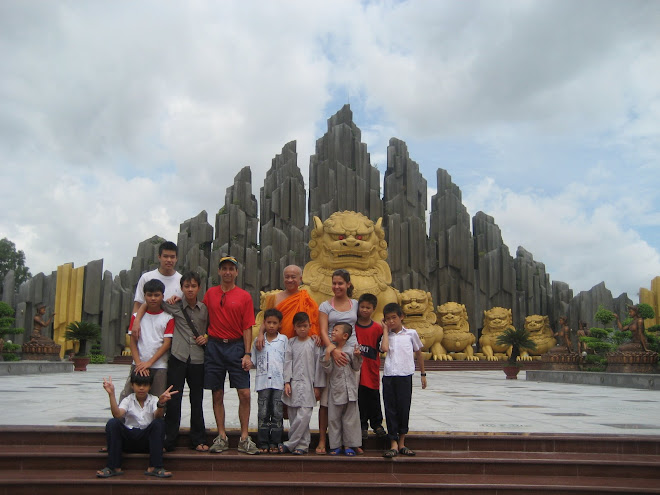
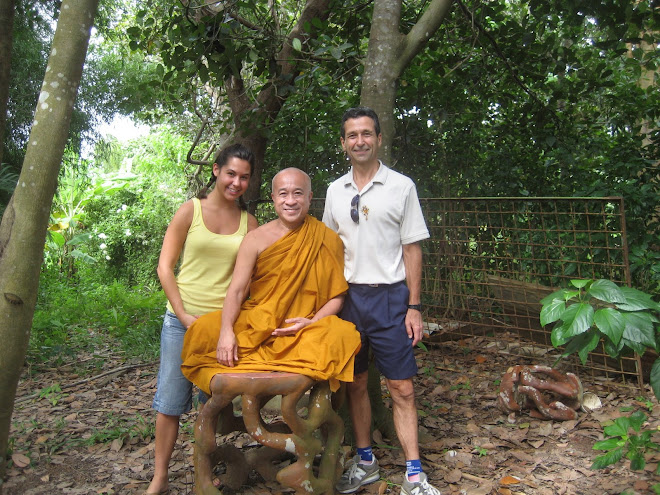

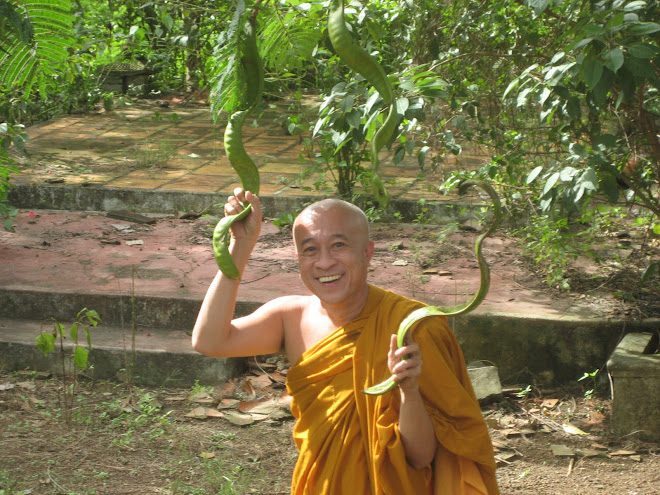
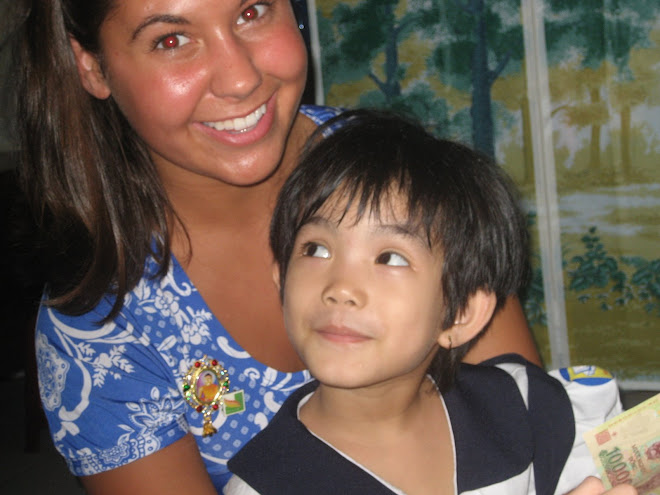

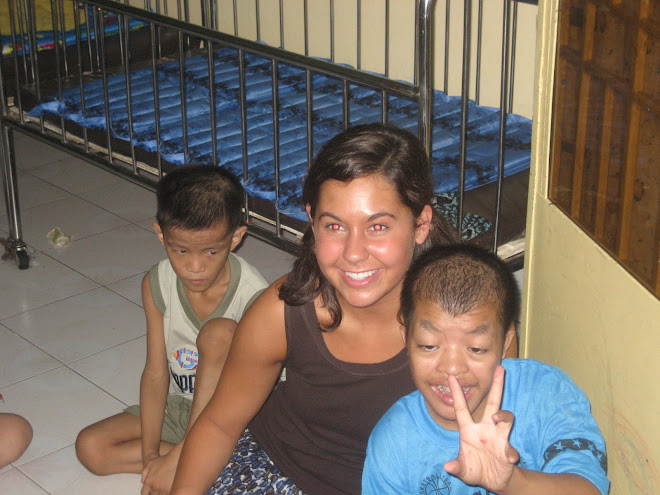
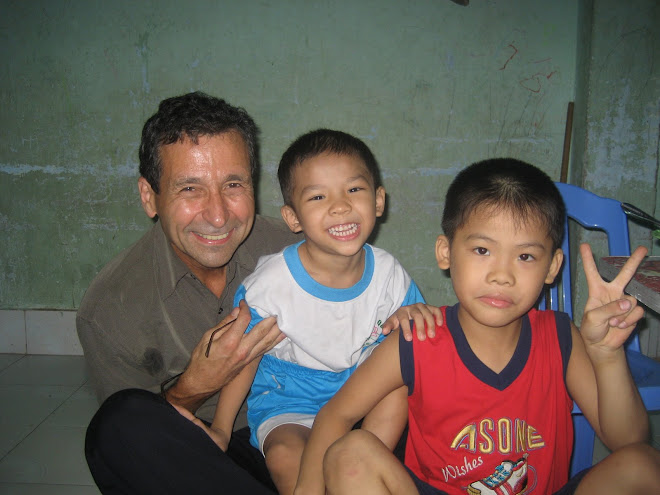


No comments:
Post a Comment